What’s Limiting Your Agility?
Leading Agile
MARCH 7, 2024
We’re going on record to tell you that dependencies will be your biggest challenge along your Agile Transformation journey. Dependencies reach far beyond the delivery teams and have most likely taken root in all aspects of the business. Your organization probably looks something like the picture below. When you try to apply Agile in an organization that looks like this, it creates a lot of cognitive dissonance for the people in the organization because these dependencies are incongruent wi
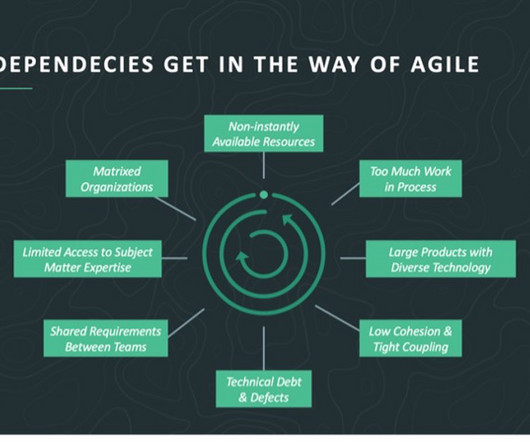
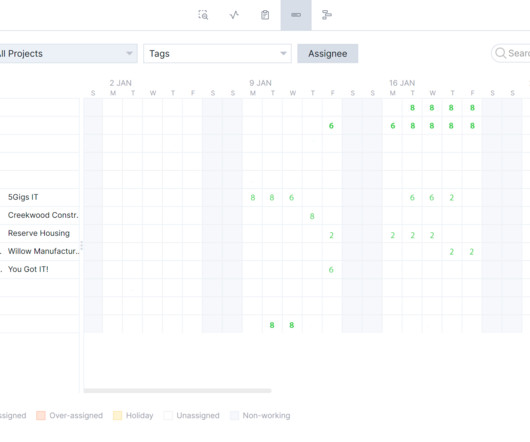
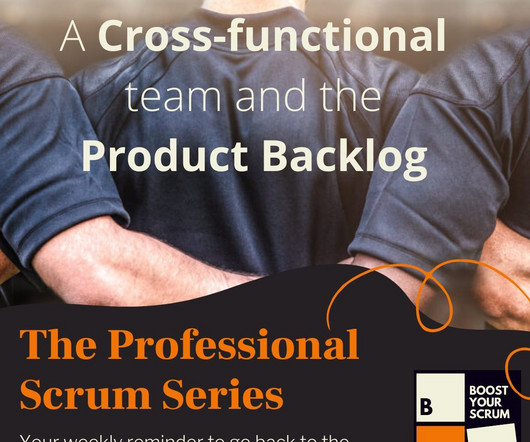





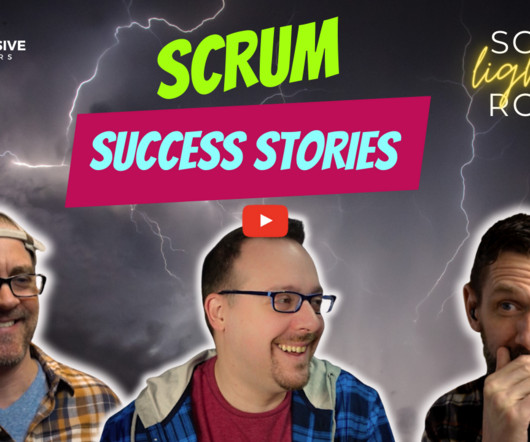

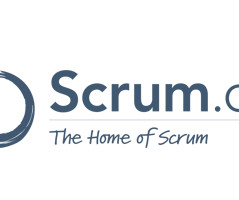
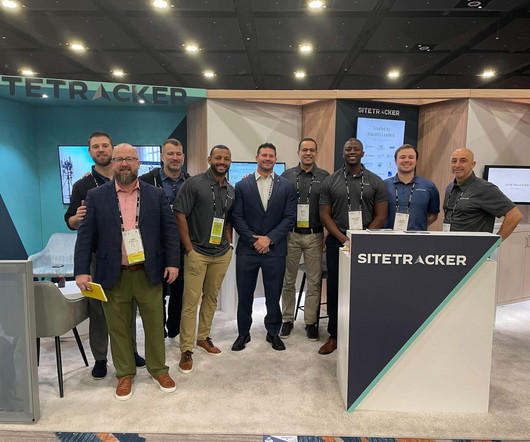

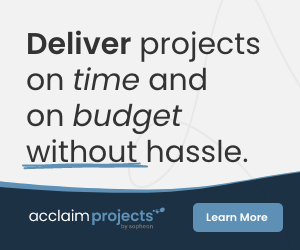









Let's personalize your content